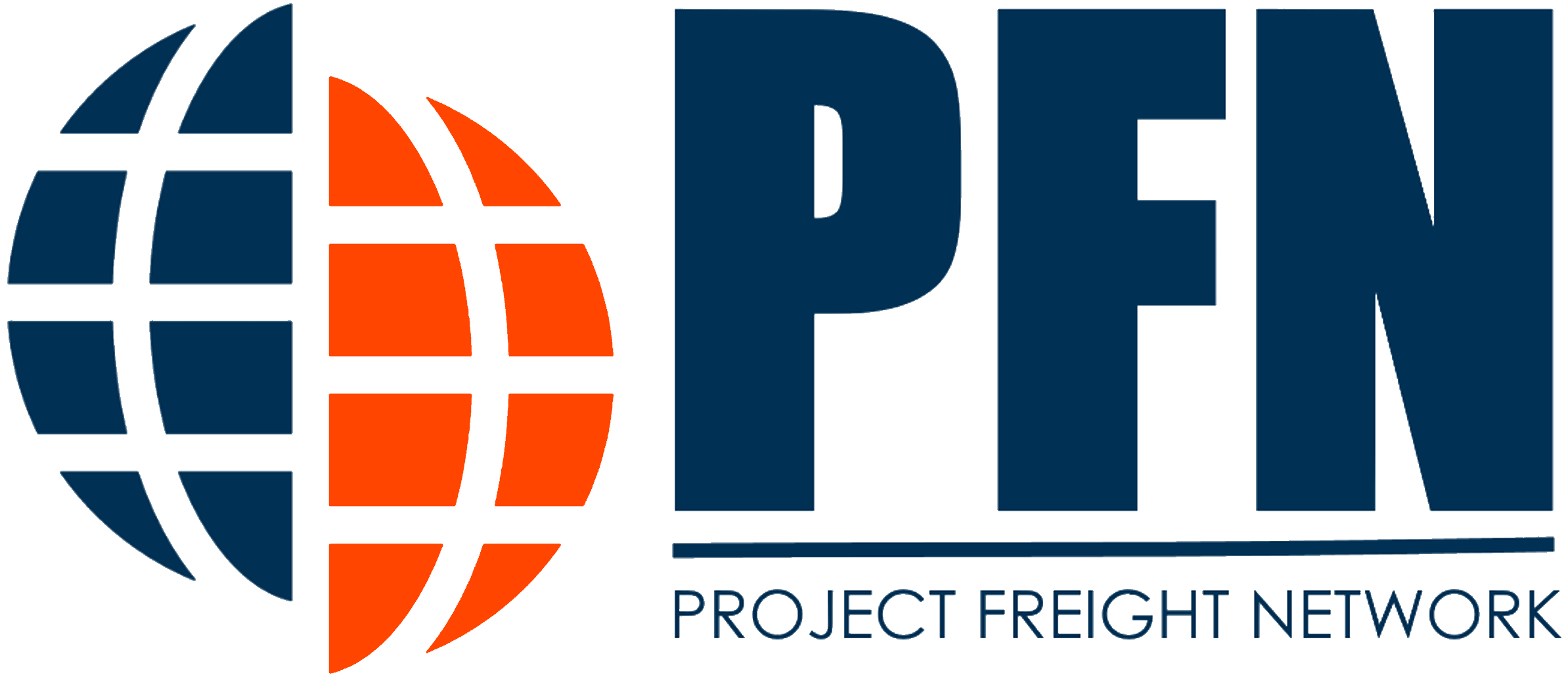Communication and Stakeholder Management in Logistics Project Management
When it comes to managing projects in logistics, one of the most critical aspects often overlooked is communication. It’s not just about delivering the goods from point A to point B—it’s about keeping everyone involved, from suppliers to project managers to clients, fully informed and on the same page. Without proper communication, even the most well-planned projects can stumble, leading to delays, misunderstandings, or costly mistakes. So, let’s dive into why communication and stakeholder management are so important in logistics project management, and how you can keep things running smoothly.
The Importance of Clear Communication
In logistics, there’s a web of stakeholders involved. You’ve got your suppliers, transporters, clients, and team members, each with their own priorities, goals, and timelines. The job of a project manager in this scenario is to keep the communication flowing smoothly between all these parties, ensuring that everyone has the information they need, when they need it.
Think about it: if a truck is delayed, the client needs to know ASAP so they can adjust their expectations. If a supplier is behind schedule, the project manager must notify the logistics team, who in turn must adjust the transportation plan. The key to making all of this work is transparency. Keeping all parties in the loop at every stage of the project ensures that there are no nasty surprises and that adjustments can be made proactively, not reactively.
Open Lines of Communication: The Heart of Success
So, how do you foster these open lines of communication? The answer lies in both formal and informal channels. Let’s break it down:
- Regular Meetings: These are essential for big projects. Whether they are daily stand-ups or weekly check-ins, regular meetings allow stakeholders to air any concerns, discuss progress, and ensure the project is moving in the right direction. This is especially important in logistics, where plans can change on a dime. Everyone, from the project manager to the warehouse team, needs to be on the same page about the project’s status and any potential roadblocks.
- Project Management Tools: In today’s digital age, there’s no excuse for poor communication. Tools like Trello, Asana, or Monday.com help track progress in real-time. These platforms allow all stakeholders to see who is responsible for what, when it’s due, and whether or not it’s been completed. The beauty of these tools is that they create a single source of truth—there’s no need to chase down multiple emails or messages to get an update.
- Transparent Documentation: Clear, accessible documentation is key to ensuring that everyone has the same understanding of what’s happening in the project. Whether it’s a contract, a shipment schedule, or an inventory list, these documents should be updated regularly and shared with all relevant parties. This reduces the chances of miscommunication or discrepancies down the line.
- Feedback Loops: Communication isn’t just about pushing information out—it’s about receiving it too. Feedback loops allow stakeholders to express concerns, ask for clarifications, and provide input. A good project manager knows that listening is just as important as speaking. Feedback helps identify issues early, before they become full-blown problems, and it also helps build trust between all parties.
Keeping Stakeholders Engaged
Engagement is another piece of the puzzle. Keeping stakeholders actively involved in the project means they’ll be more invested in its success. In logistics, this can sometimes be tricky because of the sheer number of moving parts, but it’s crucial to keep the client, suppliers, and transporters engaged throughout the process.
One of the best ways to do this is through regular updates. No one likes to be left in the dark, so ensure your stakeholders are kept informed about milestones, delays, and successes. A quick email or a brief phone call can go a long way in making people feel like they’re part of the process, and not just waiting on the sidelines.
The Role of the Project Manager
As a project manager, you’re the communication hub. You’re the one who ensures the right people are talking to each other at the right times, and that the flow of information is both consistent and efficient. This means you need to be highly organized and proactive.
Anticipating potential communication breakdowns and addressing them before they happen is part of your job. For instance, if you see that one supplier is falling behind, don’t wait until it becomes a serious issue. Get ahead of it by talking to them early, finding out what the hold-up is, and adjusting your logistics plan accordingly.
You also need to know when to escalate issues. If a client has an urgent concern or a supplier is consistently late, it’s important to bring the issue to the appropriate stakeholders immediately. This prevents minor issues from turning into bigger problems that could derail the project.
Wrapping Up: Communication is Key
Effective communication is the glue that holds everything together in a logistics project. By fostering open lines of communication, using the right tools, and keeping all stakeholders engaged, you can ensure that the project runs smoothly, from start to finish. As a project manager, your role in managing these communications is vital. So, make sure you’re not just talking, but listening, anticipating needs, and staying proactive throughout the lifecycle of the project.
After all, in logistics, it’s not just about getting things from point A to point B—it’s about getting everyone involved to move in the same direction.





